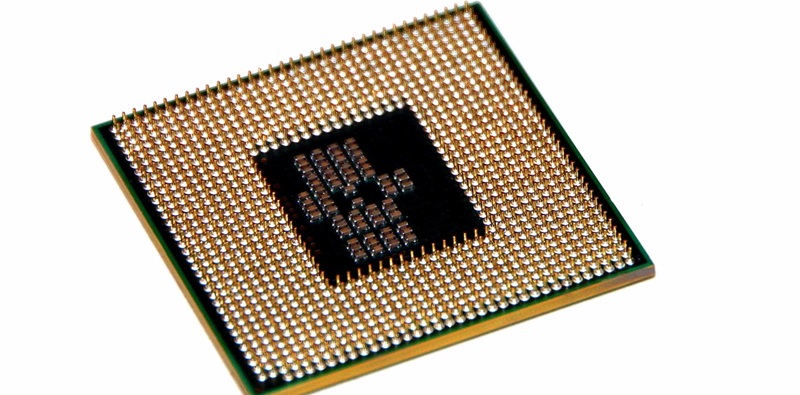CPU-Z, a widely popular software tool for monitoring and gathering information about computer hardware, has released its latest version, CPU-Z v2.09. This update brings several exciting features, including support for current-gen enhancements, preliminary support for upcoming architectures, and the inclusion of ARM64 support, reflecting the growing prominence of ARM-based processors in the market.
Current-Gen Enhancements
CPU-Z v2.09 introduces several improvements to enhance the user experience. Users now have access to individual CPU cluster testing, allowing for more comprehensive benchmarking and diagnostics. This feature provides a wider view of system performance and enables users to identify any potential bottlenecks within the CPU clusters.
Preliminary Support for Future Architectures
The new version of CPU-Z also includes preliminary support for upcoming architectures. Intel’s future Arrow Lake architecture and AMD’s Hawk Point and Hawk Point 2 APUs are among the latest additions. This forward-looking support indicates CPU-Z’s commitment to staying at the forefront of technological advancements in the industry.
NVIDIA GeForce RTX 4070 SUPER Support
Additionally, CPU-Z v2.09 now offers support for NVIDIA’s powerful GeForce RTX 4070 SUPER graphics card. This inclusion ensures that users can gather accurate and detailed information about their GPU’s architecture, clock speeds, and other crucial specifications.
Refined Version for Arrow Lake Architecture
CPU-Z v2.09 will also be refined and updated with additional features upon the official launch of Intel’s Arrow Lake architecture. This suggests that CPU-Z is ready to accommodate the specific needs of this upcoming processor lineup, providing users with comprehensive details about its performance, capabilities, and overall efficiency.
Downloading CPU-Z v2.09
While CPU-Z hasn’t uploaded the new version yet, interested users can download it from the provided link once it becomes available. This latest release promises to offer an even more robust and effective hardware monitoring solution.
ARM64 Support
In a significant development, CPUID has released an ARM64 version of CPU-Z. This version specifically caters to the growing market of ARM-based processors and provides users with detailed information about the chip’s architecture, core configuration, clock speeds, and onboard GPU.
Growing Interest in ARM Desktop Solutions
The inclusion of ARM64 support in CPU-Z aligns with the industry’s increasing interest in ARM desktop solutions. Companies like Qualcomm, NVIDIA, and AMD are actively developing their ARM-based processors, showcasing the rising prominence of this architecture. CPU-Z’s ability to provide detailed insights into ARM64 processors further highlights its relevance in the ever-evolving technology landscape.
The ARM64 version of CPU-Z serves as a valuable resource for both enthusiasts and professionals seeking to optimize their ARM-based systems. With detailed information about the processor’s structure and performance, users can make informed decisions regarding software compatibility, system configuration, and overall performance optimization.
Future Outlook
As ARM-based processors gain momentum in various sectors, including laptops, desktops, and servers, it is crucial to have reliable tools like CPU-Z to accurately assess and monitor their performance. The software’s continued dedication to staying abreast of the latest architectural developments ensures that users can maximize the potential of their hardware investments.
CPU-Z v2.09 offers a comprehensive update to this renowned hardware monitoring tool. With support for current-gen enhancements, preliminary support for future architectures, and the new ARM64 version catering to the growing ARM market, CPU-Z remains an essential resource for computer enthusiasts and professionals alike. As technology continues to advance, CPU-Z will likely continue its trajectory of providing accurate and comprehensive hardware insights for the benefit of users worldwide.

